Kintsugi pottery is one of Japan’s most poetic and powerful art forms. More than just a repair technique, kintsugi is a way of seeing the world, our belongings, and even ourselves. It transforms broken ceramics into radiant masterpieces by filling cracks with gold, silver, or platinum. This process creates objects that are not only whole again, but more beautiful because of their history.
In recent years, kintsugi has captured the hearts of collectors, designers, and seekers of meaning worldwide. But what is kintsugi pottery and where did it come from?
In this guide, you’ll discover the full story behind kintsugi, from its origins in the Japanese tea ceremony to its modern revival in contemporary art and wellness culture. You’ll learn about its intricate techniques, philosophical roots, and why artisan-made kintsugi pieces are reflections of a deeper truth that broken things can still shine.
A Brief History of Kintsugi: From Shogun’s Teacup to Global Symbol
The story of kintsugi begins in 15th-century Japan during the rule of the Ashikaga shogunate. According to legend, Ashikaga Yoshimasa the 8th shogun sent a beloved Chinese tea bowl back to China for repair. It returned clumsily mended with metal staples. Disappointed, Japanese craftsmen developed a more elegant solution one that didn’t hide damage, but enhanced it. It was then the technique of joining broken ceramics with lacquer and gold was born.
As tea culture blossomed in the Muromachi period, kintsugi became deeply tied to chanoyu (the Japanese tea ceremony). Influenced by Zen Buddhism this ritual valued imperfect, aged objects, and kintsugi perfectly reflected this. Cracks became cherished marks of character, aligned with the philosophy of wabi-sabi which finds beauty in imperfection and impermanence.
Over time, kintsugi evolved into a respected art form that has passed through generations. Today, it’s practiced by traditional artisans and contemporary creators alike and admired worldwide for its craftsmanship.
Materials and Techniques: How Kintsugi Works
Traditional kintsugi is a multi-step process that can take weeks or even months. It requires precision, patience, and natural materials, particularly urushi lacquer, extracted from the sap of the Japanese lacquer tree.
The Process
- Urushi Lacquer Application: A natural adhesive like ki urushi or bengara urushi is used to glue the ceramic fragments together.
- Reinforcement: Once dried the seams are sanded smooth. Missing areas are filled with a mix of lacquer and natural flour.
- Finishing: The restored seams are brushed with powdered gold, silver, or platinum, creating glowing “scars” that enhance the piece’s beauty.
Repair Techniques
- Crack Technique: Used for clean breaks, rejoining parts with lacquer and gold overlay.
- Piece Method: Applied when small fragments are missing often filled with new clay pieces shaped to fit.
- Joint-Call Technique: Combines pieces from different ceramics, creating a unique, patchwork-style repair inspired by yobitsugi.
Some modern adaptations use epoxy or synthetic resins, but authentic kintsugi relies on natural methods and the philosophy behind the practice.
The Philosophy of Kintsugi: Beauty in Brokenness
Kintsugi is a deeply spiritual and emotional philosophy. Rooted in Zen Buddhism and Japanese aesthetics it teaches us to embrace flaws rather than hide them.
The cracks in a repaired bowl symbolize survival, resilience, and transformation. They reflect mushin a Zen principle of acceptance, letting go, and moving forward without regret. Instead of mourning what was lost, kintsugi finds beauty in what remains.
Contemporary voices like Katherine and Jay Wolf in Suffer Strong use kintsugi as a metaphor for emotional healing. Artists like Dave Furman and Alan K. Ota reinterpret it in sculpture and performance, turning personal and collective trauma into shining testimony.
Influence and Contemporary Practice
Today kintsugi influences everything from ceramic art to interior design, fashion, and architecture. Some artists intentionally break their pieces to reconstruct them with gold, a symbolic act of transformation and control over destruction.
Kintsugi's presence in wellness culture is also growing. Its symbolism resonates with those recovering from loss, trauma, or transition.
Workshops across Japan such as those in Mejiro and at the Freer Gallery, keep the craft alive while modern brands offer DIY kits for beginners.
Related Techniques and Cultural Context
Kintsugi is part of a broader tradition of Japanese repair and reinvention. Related practices include:
- Yobitsugi: A collage-like technique combining fragments from unrelated vessels.
- Patchwork-style ceramics: Used in tea ceremonies as philosophical metaphors for unity through diversity.
- DIY Kintsugi: Kits from brands like Humade allow novices to explore the spirit of kintsugi with modern materials.
Frequently Asked Questions
What does kintsugi mean?
Kintsugi (金継ぎ) means “golden joinery” in Japanese. It refers to the traditional art of repairing broken pottery using urushi lacquer and gold, silver, or platinum powder.
Is kintsugi only used for pottery?
Traditionally, yes. But today the philosophy of kintsugi is also used in art, design, and even emotional healing.
Can I do kintsugi at home?
DIY kintsugi kits are available and fun for beginners, though they often use modern materials like epoxy. Authentic kintsugi uses urushi lacquer and takes years to master.
What is the difference between kintsugi and yobitsugi?
Kintsugi restores a broken object using its original pieces. Yobitsugi combines pieces from different ceramics, creating a mosaic-style new form.
Why is kintsugi considered a philosophy?
Kintsugi is rooted in Zen principles like acceptance and wabi-sabi. It celebrates flaws as part of an object’s story rather than something to be ashamed of.
Conclusion: The Beauty of Broken Things
In a world where perfection is often the standard, kintsugi reminds us that wholeness can emerge from fracture. The art’s quiet elegance and profound symbolism have made it not just a Japanese tradition, but a global language of hope and healing.
Whether you’re seeking a meaningful object for your home or a metaphor for your own journey, kintsugi pottery offers something rare: depth, story, and a golden thread connecting the past to the present.


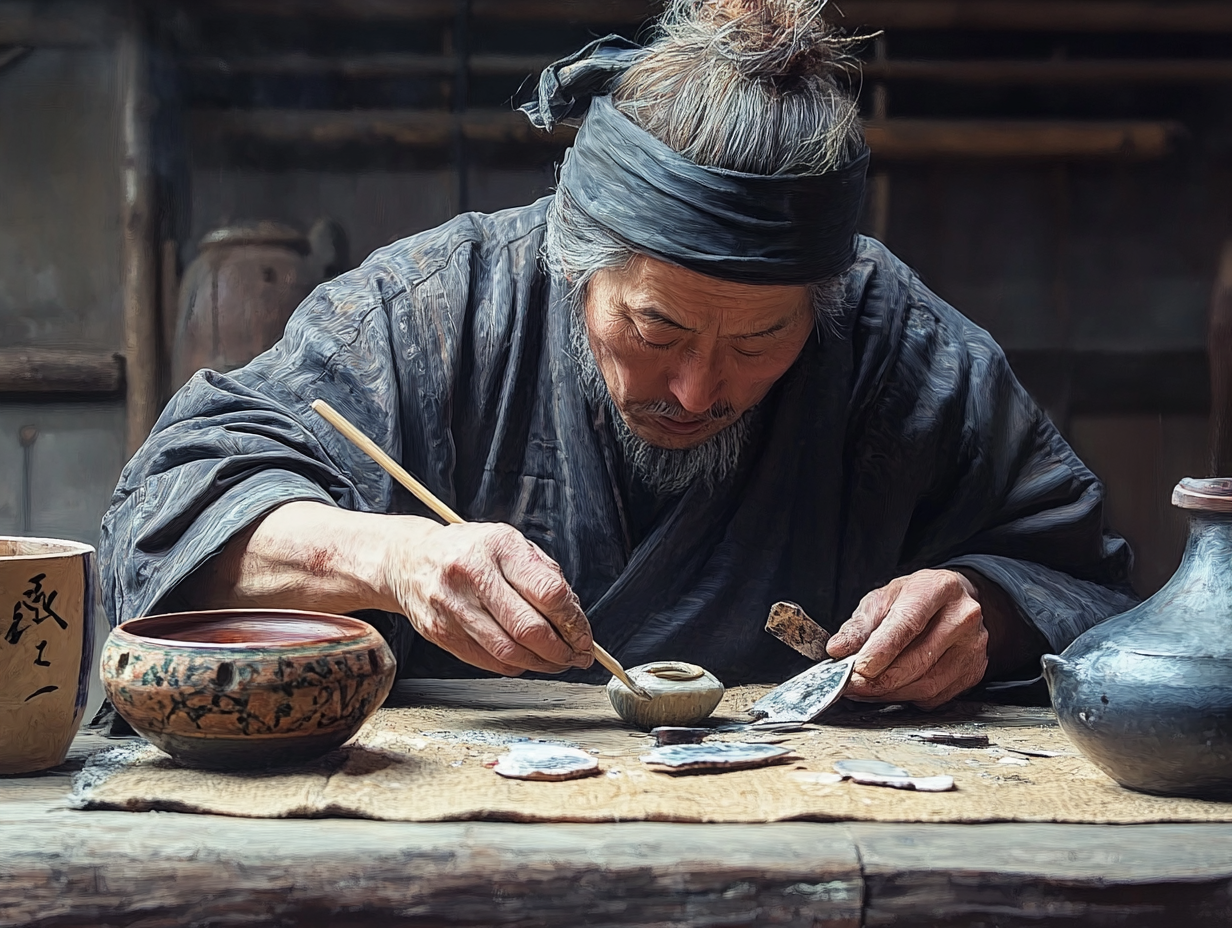



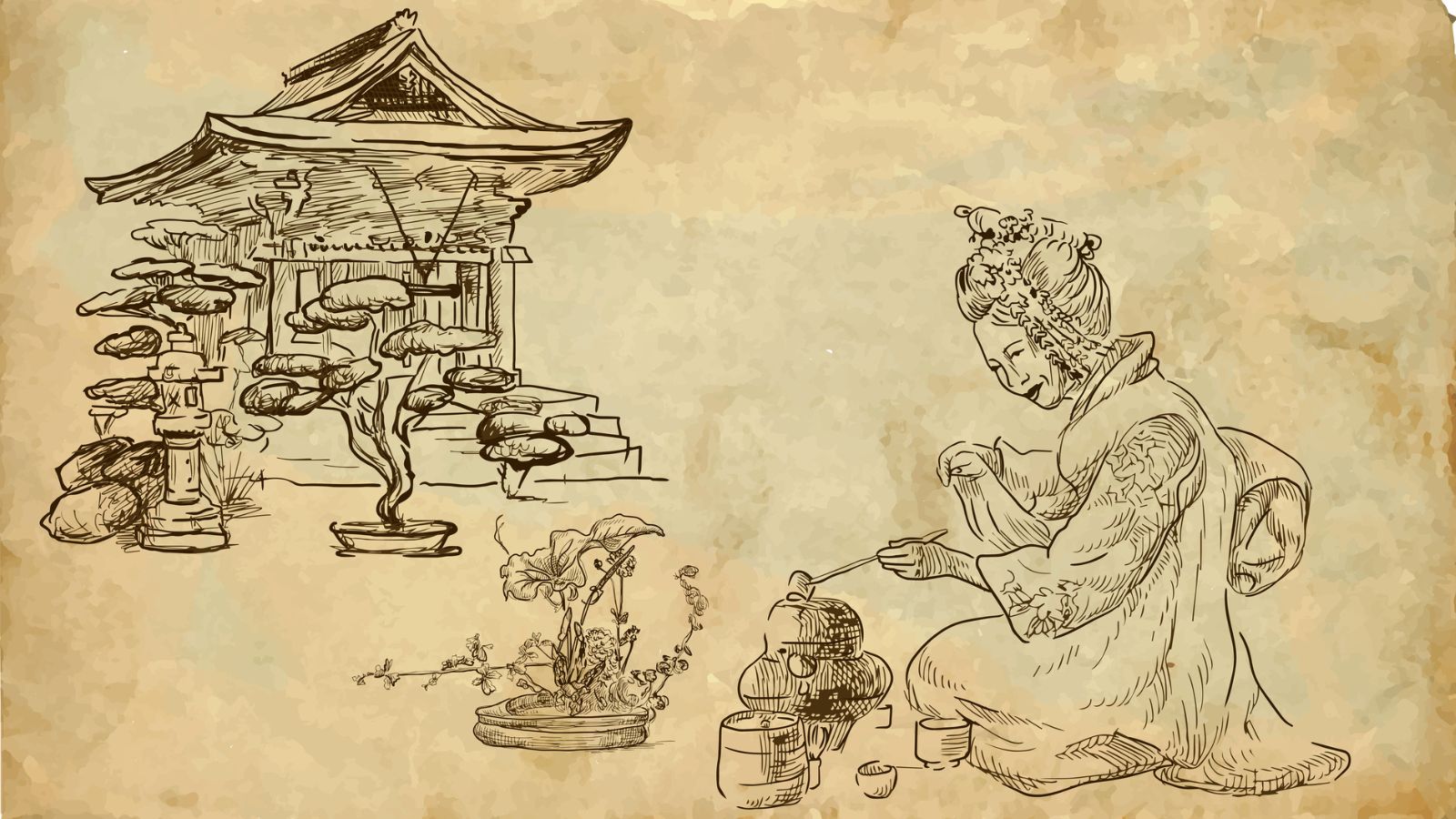
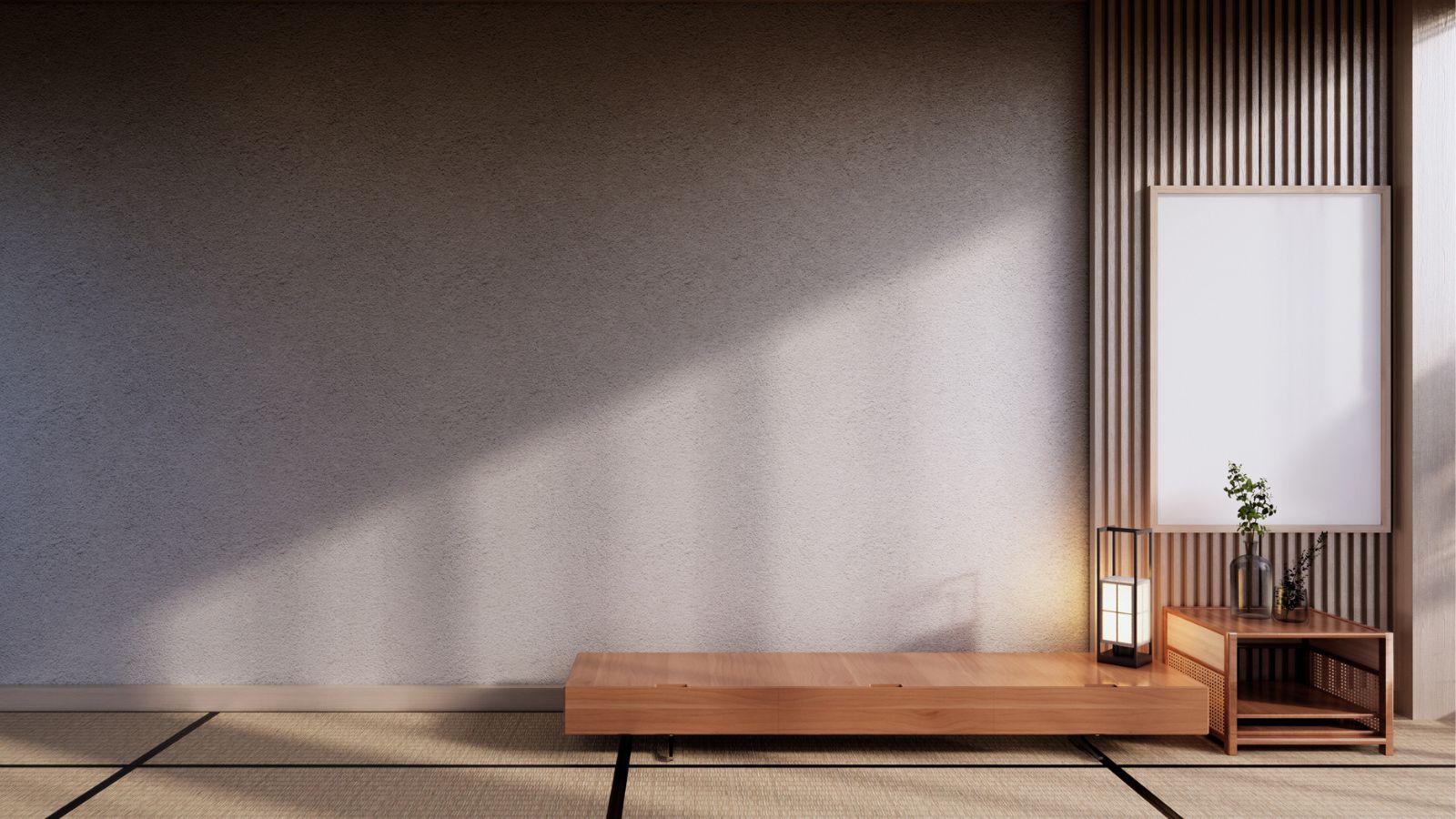

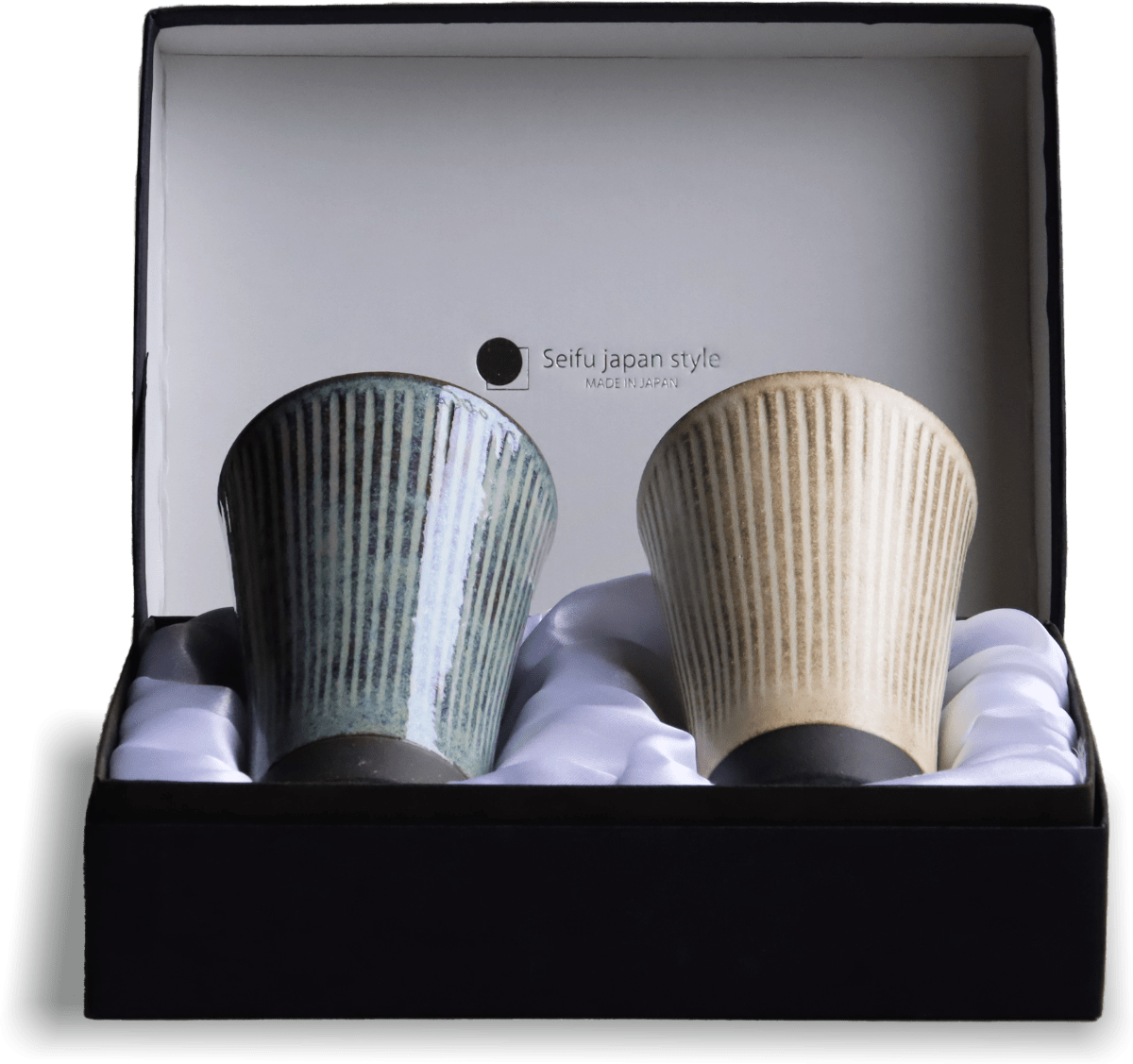
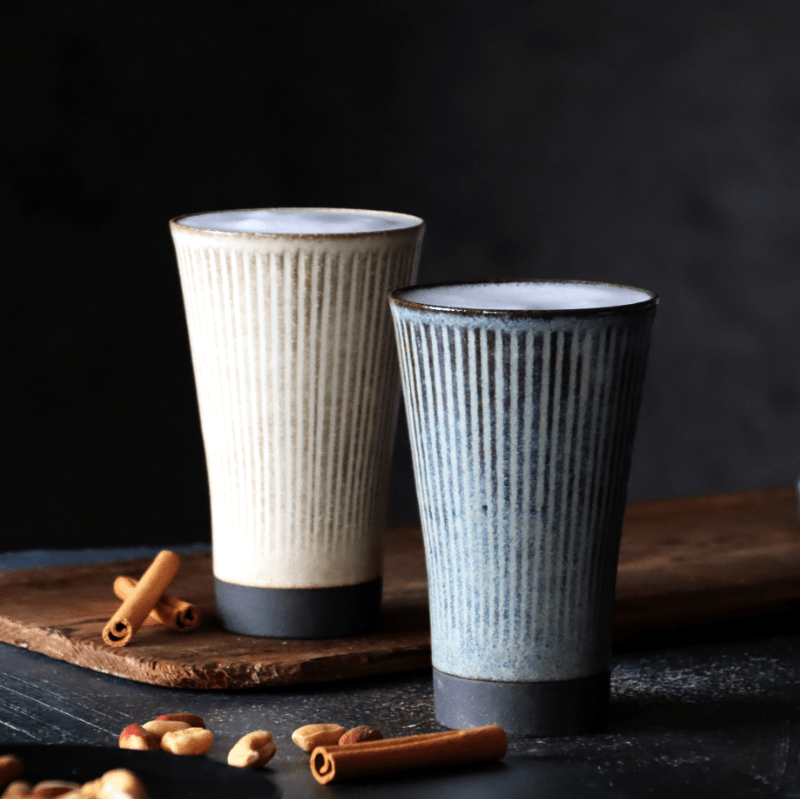
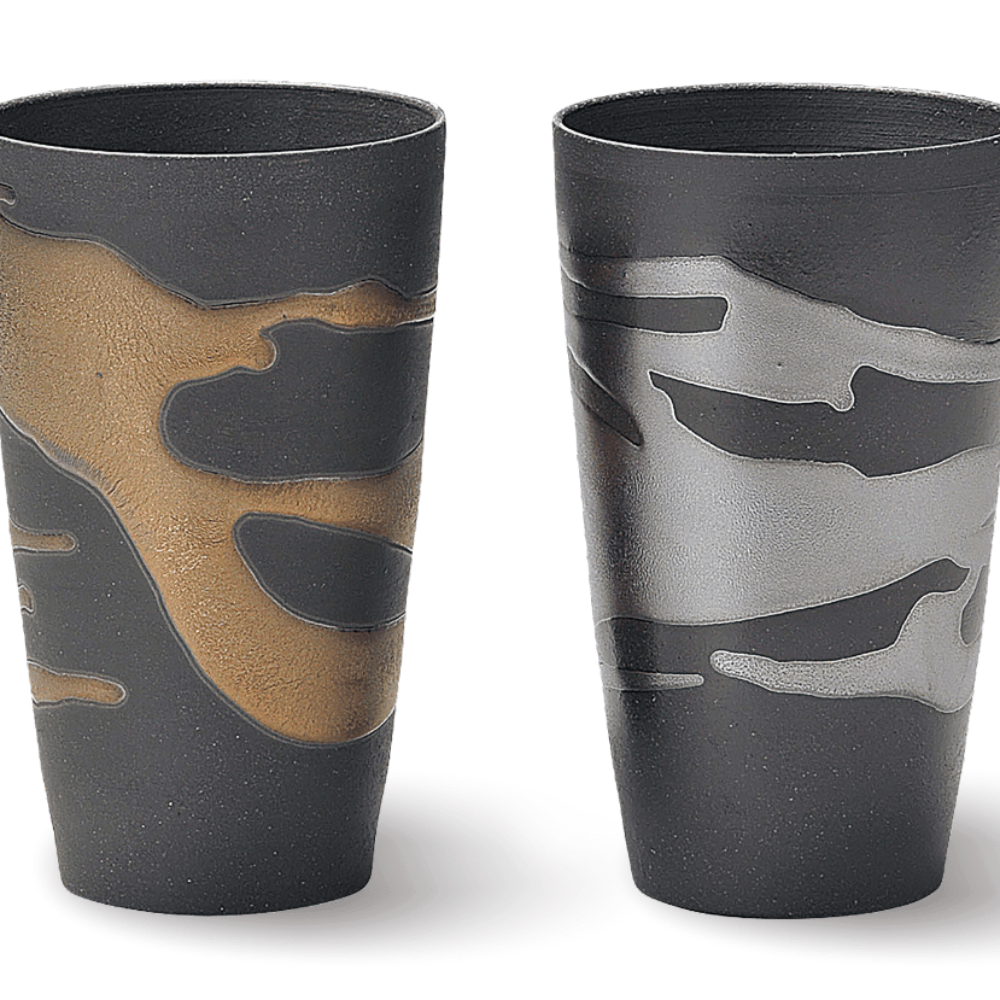
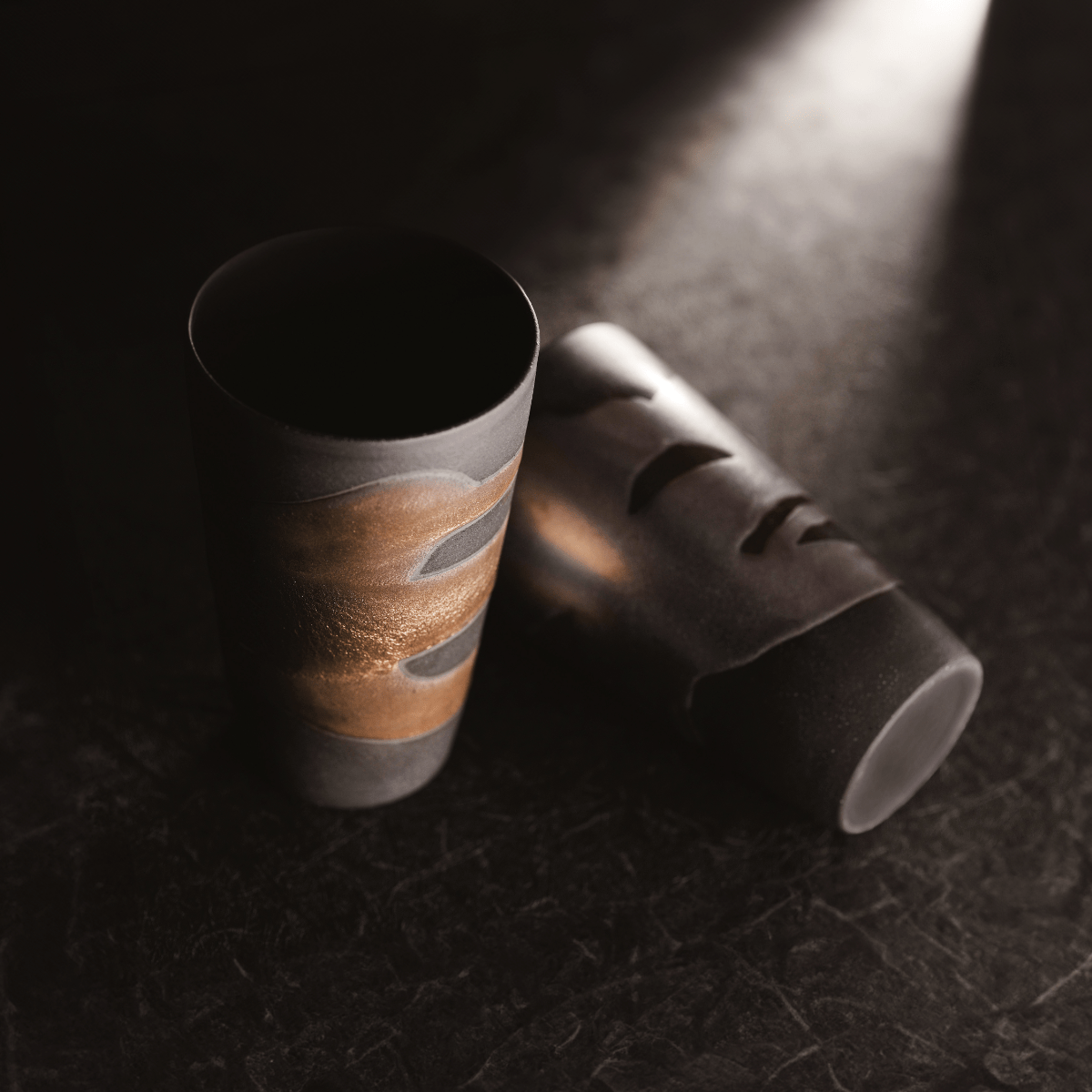
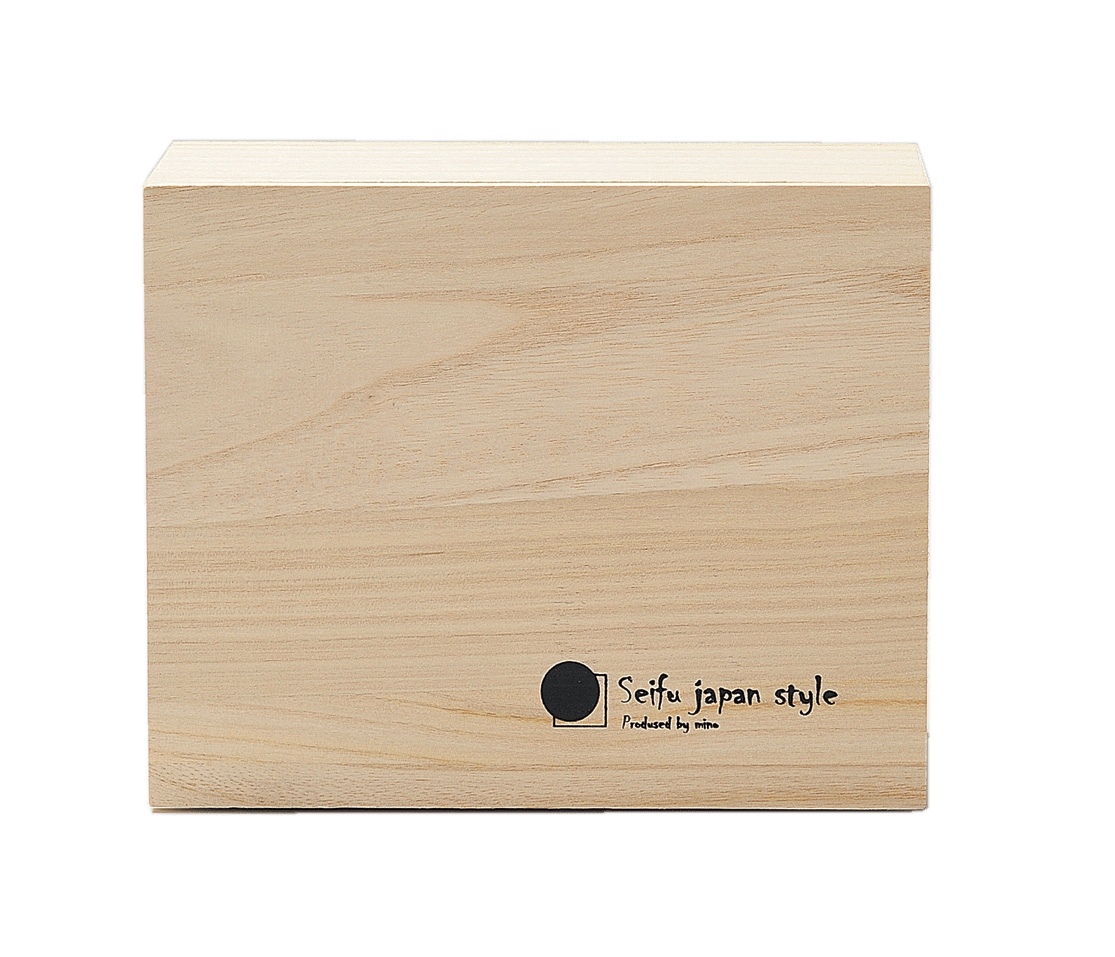
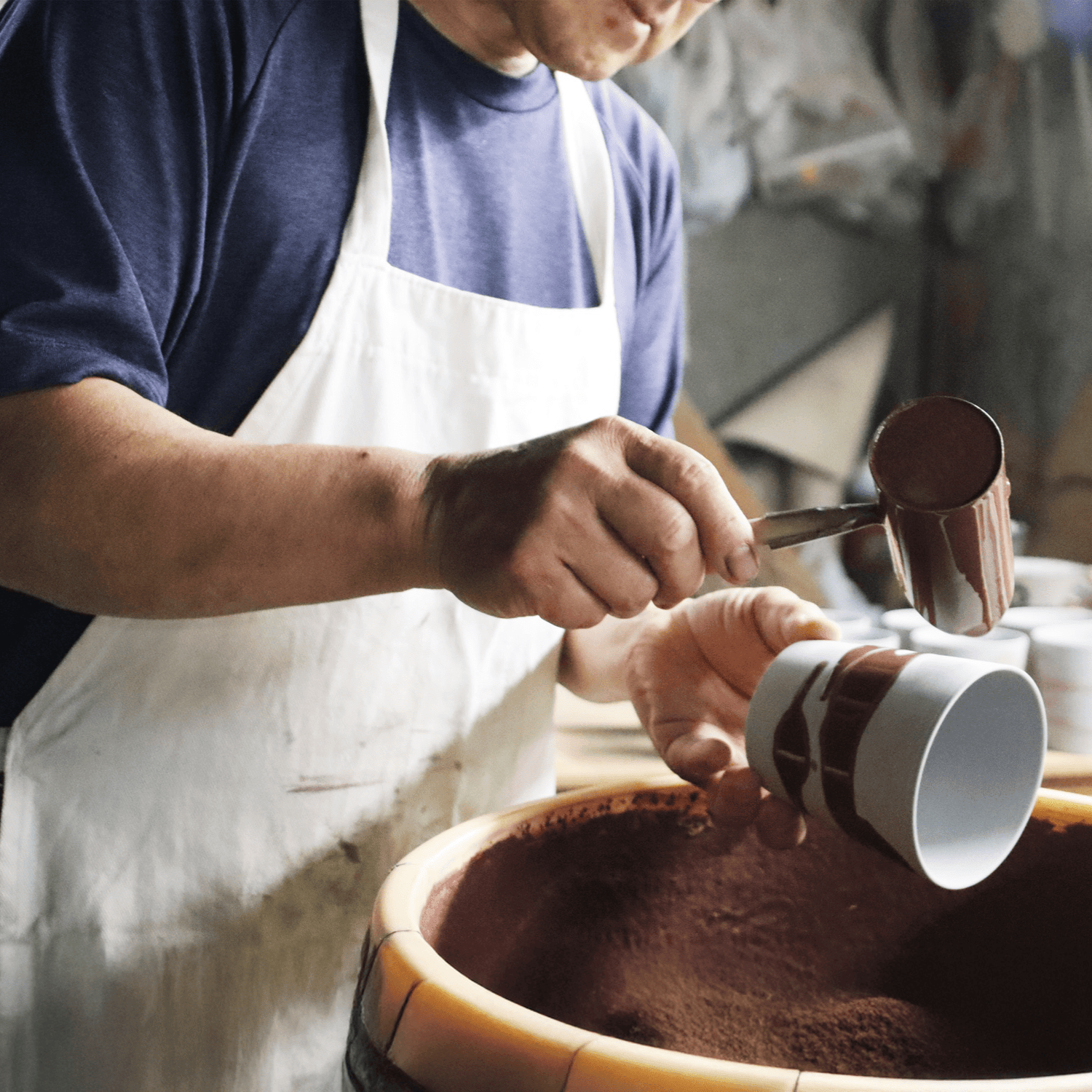
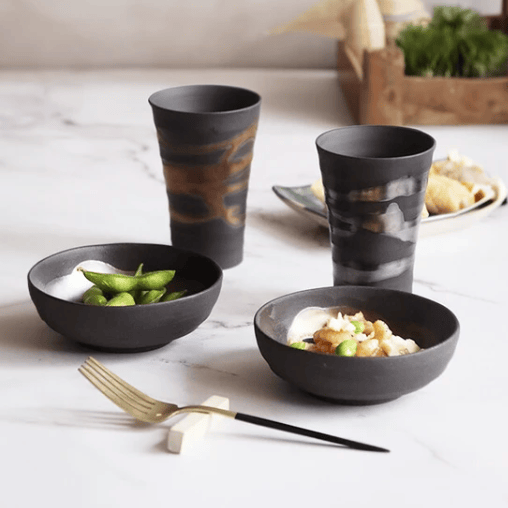
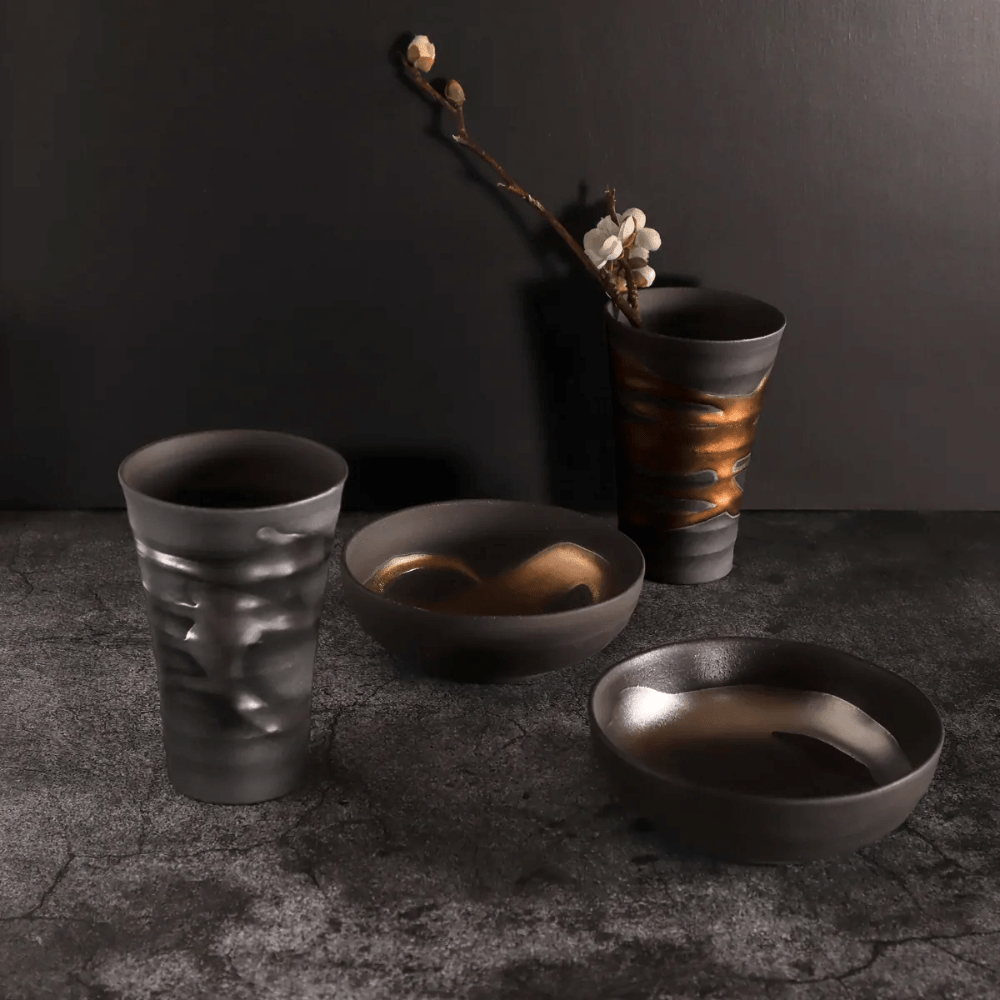
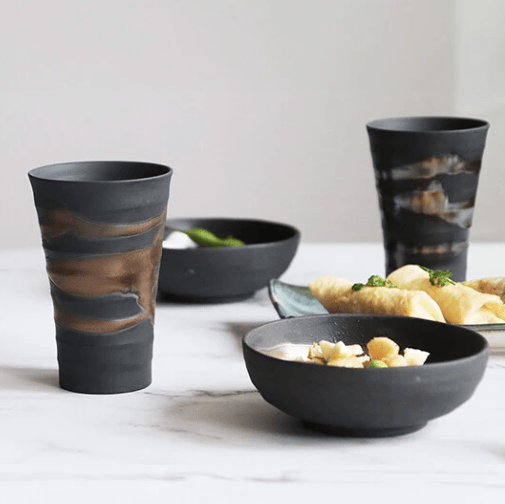
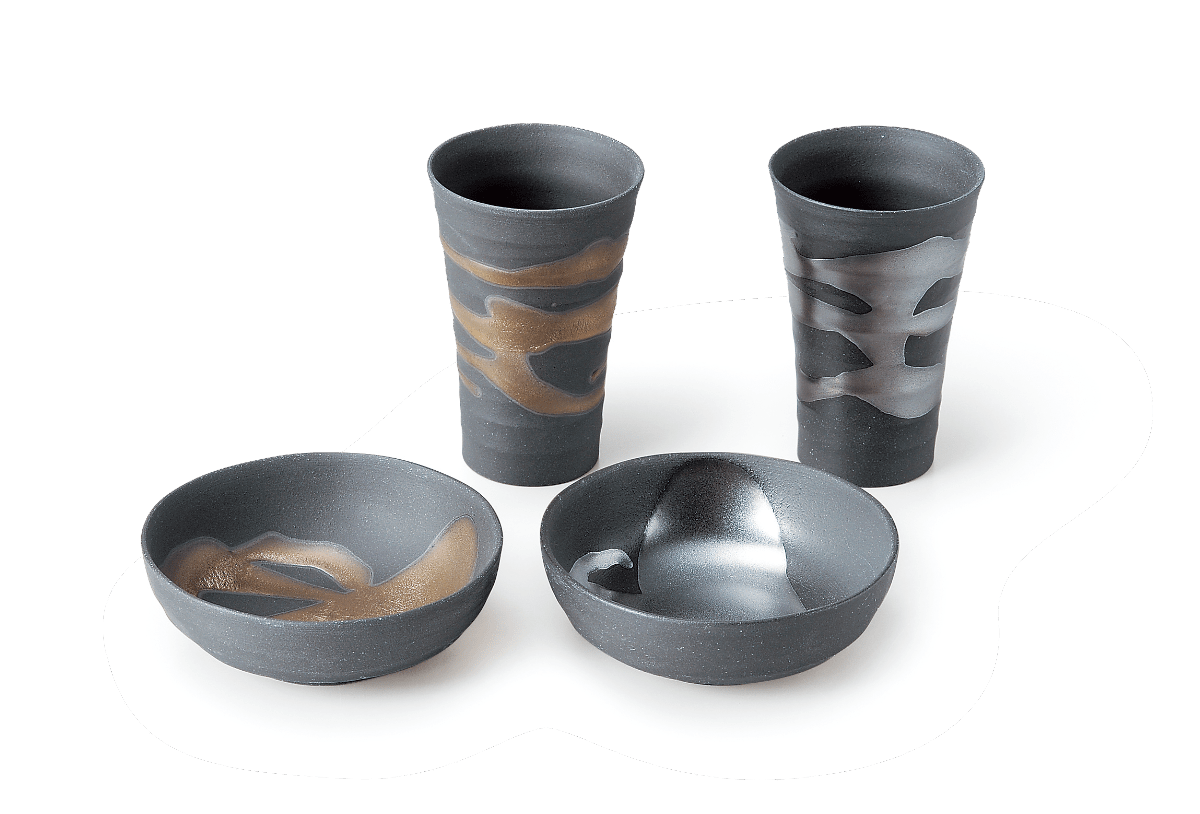
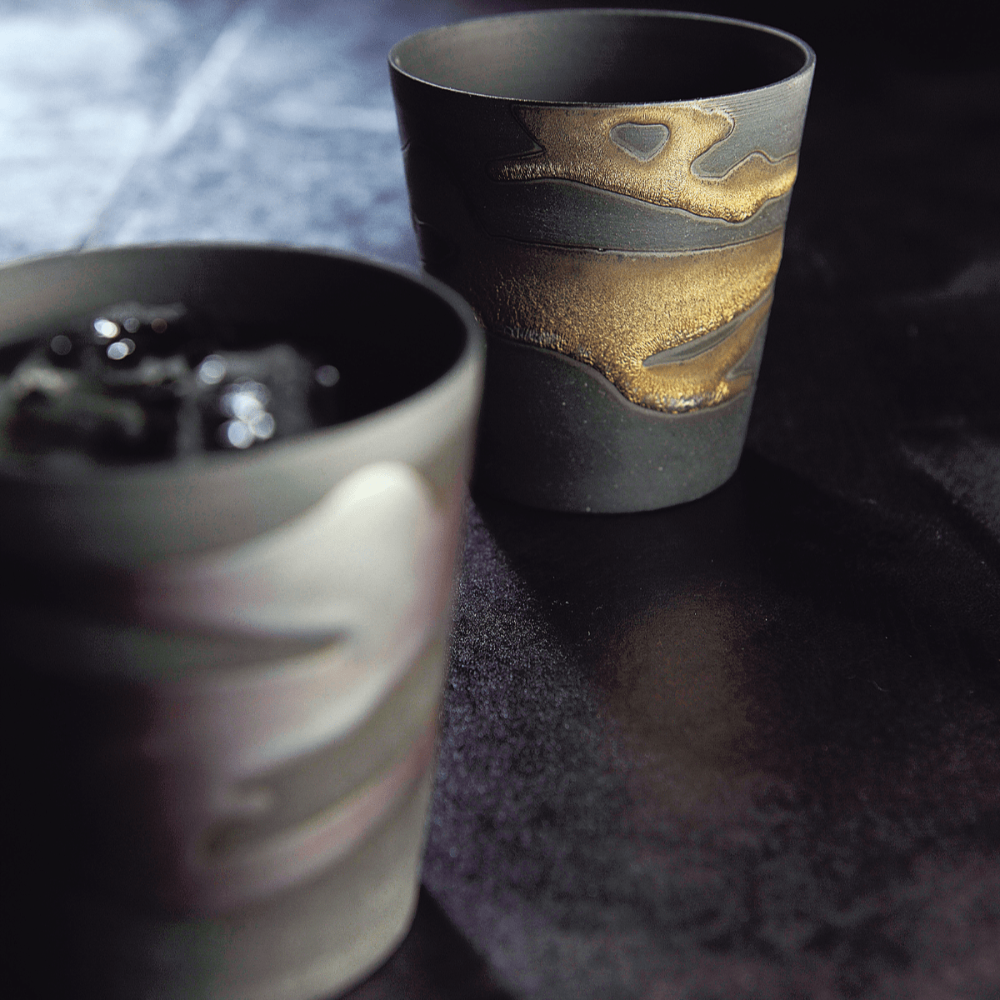
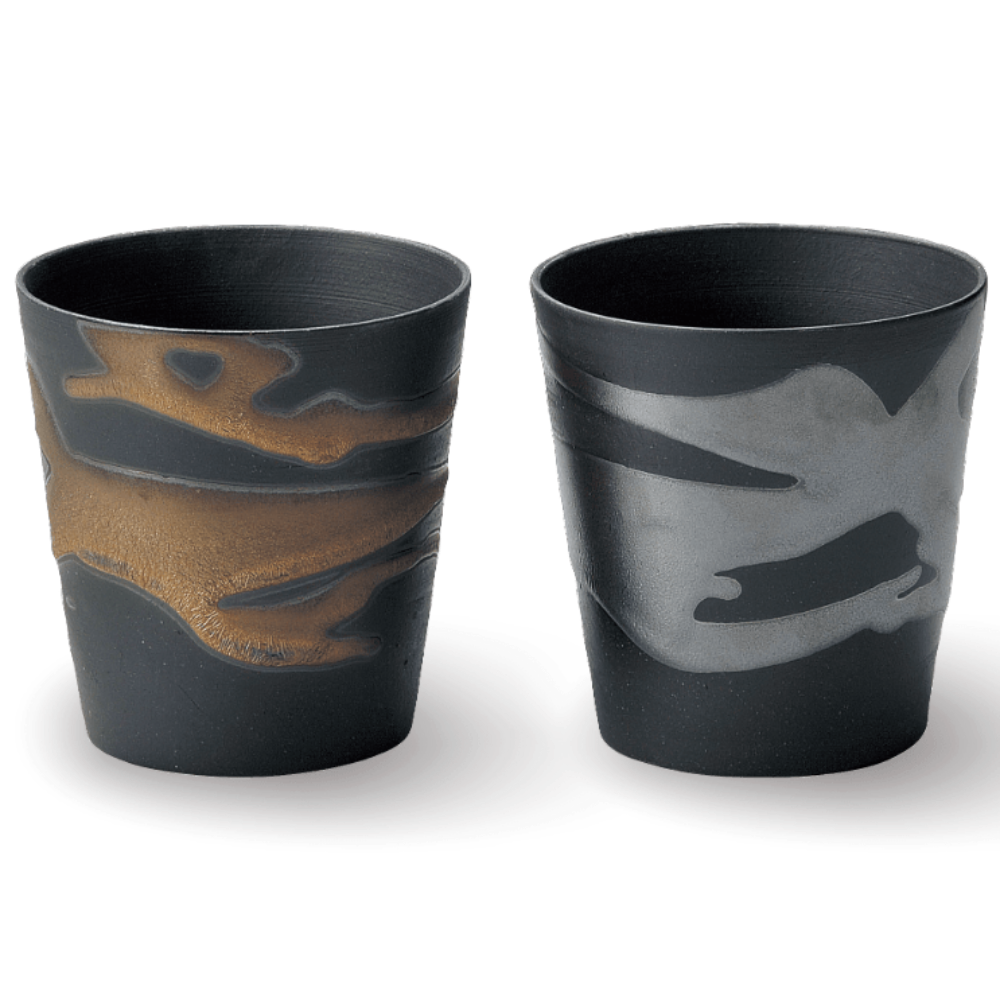
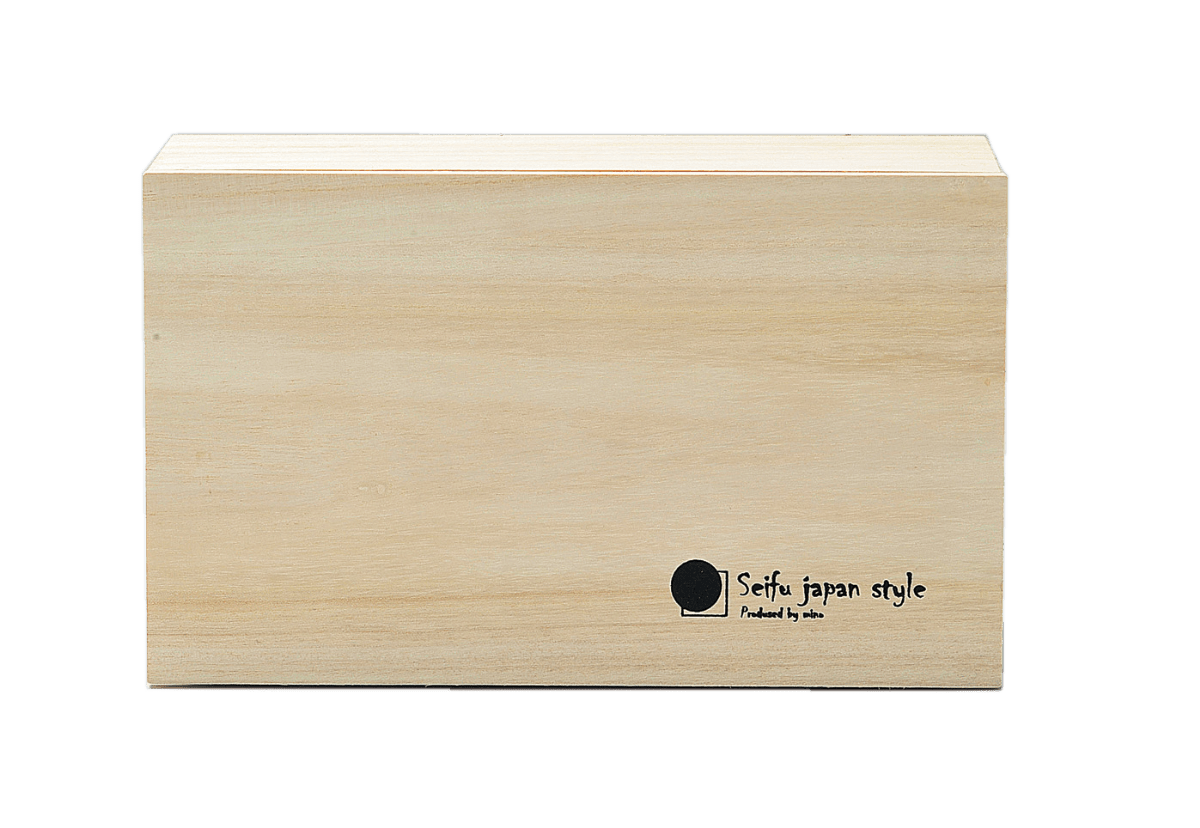
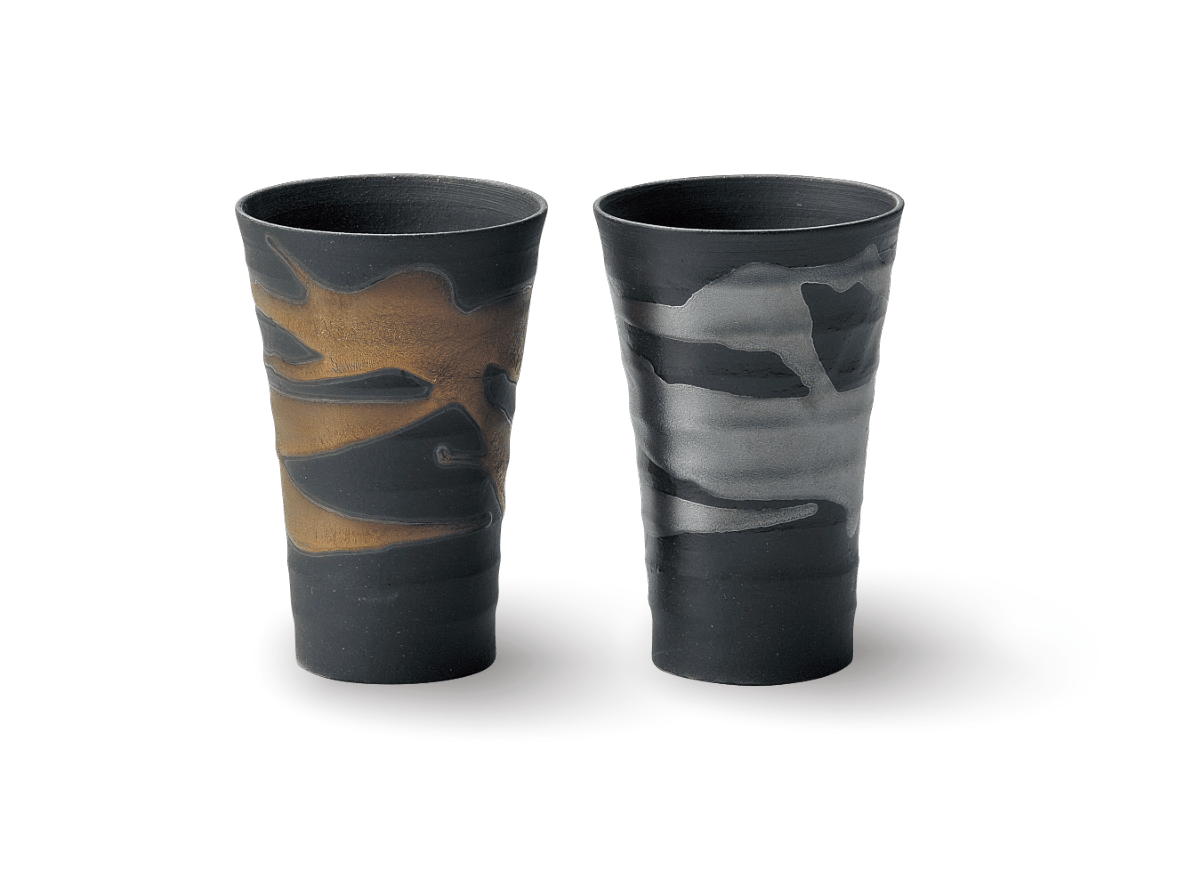
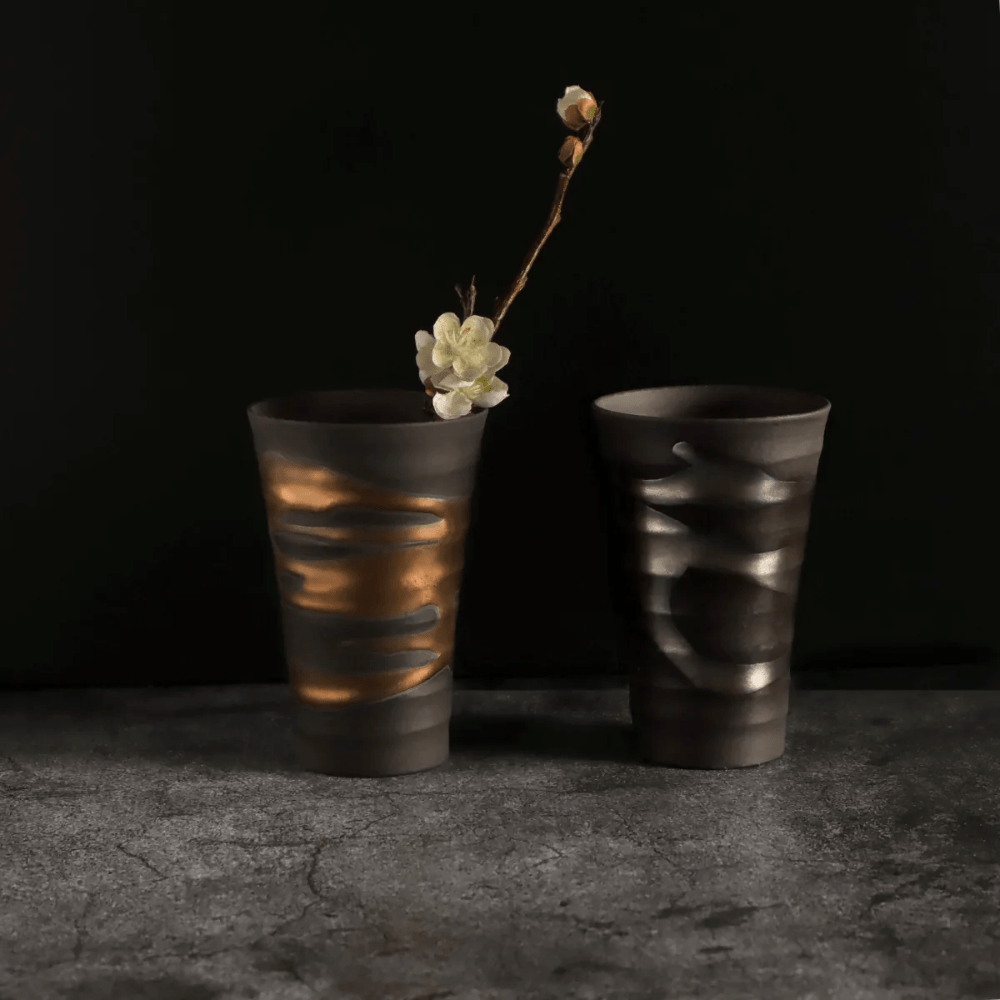
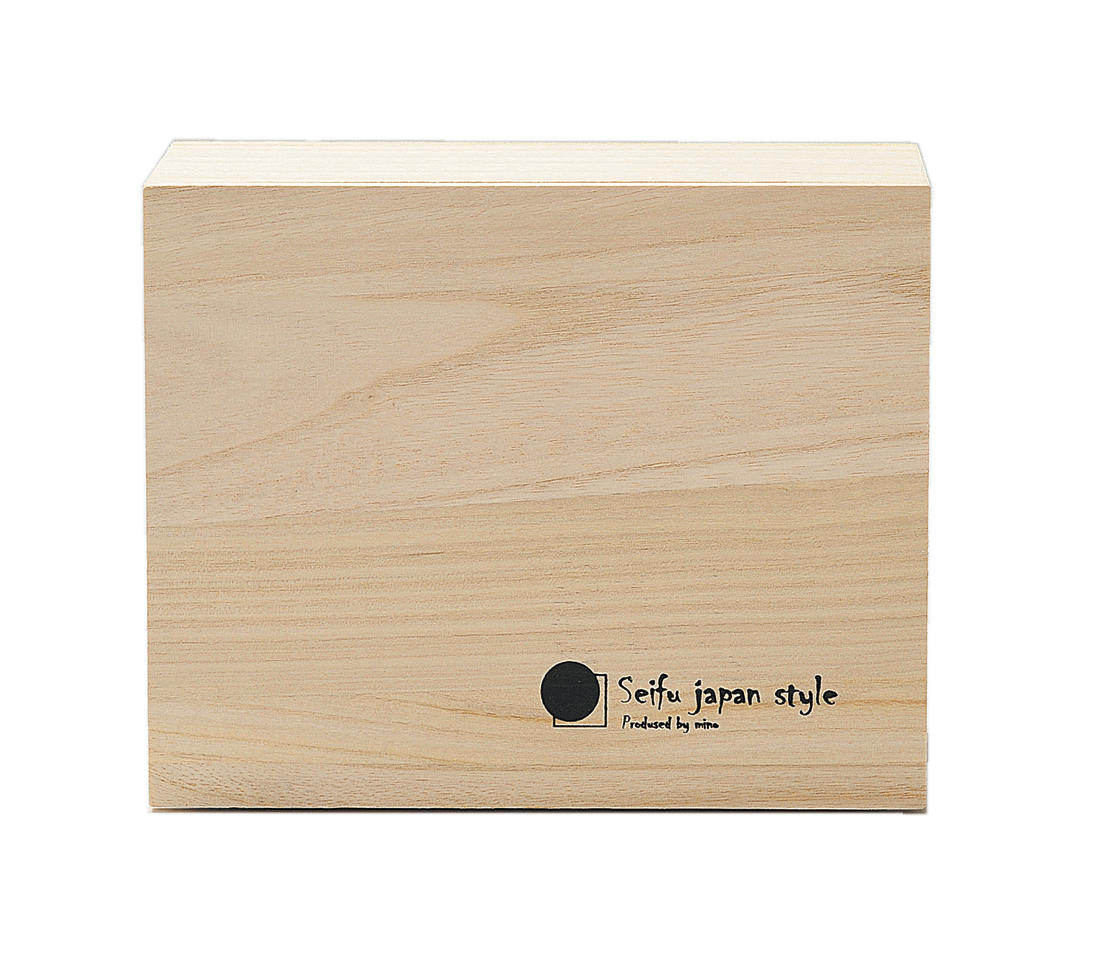
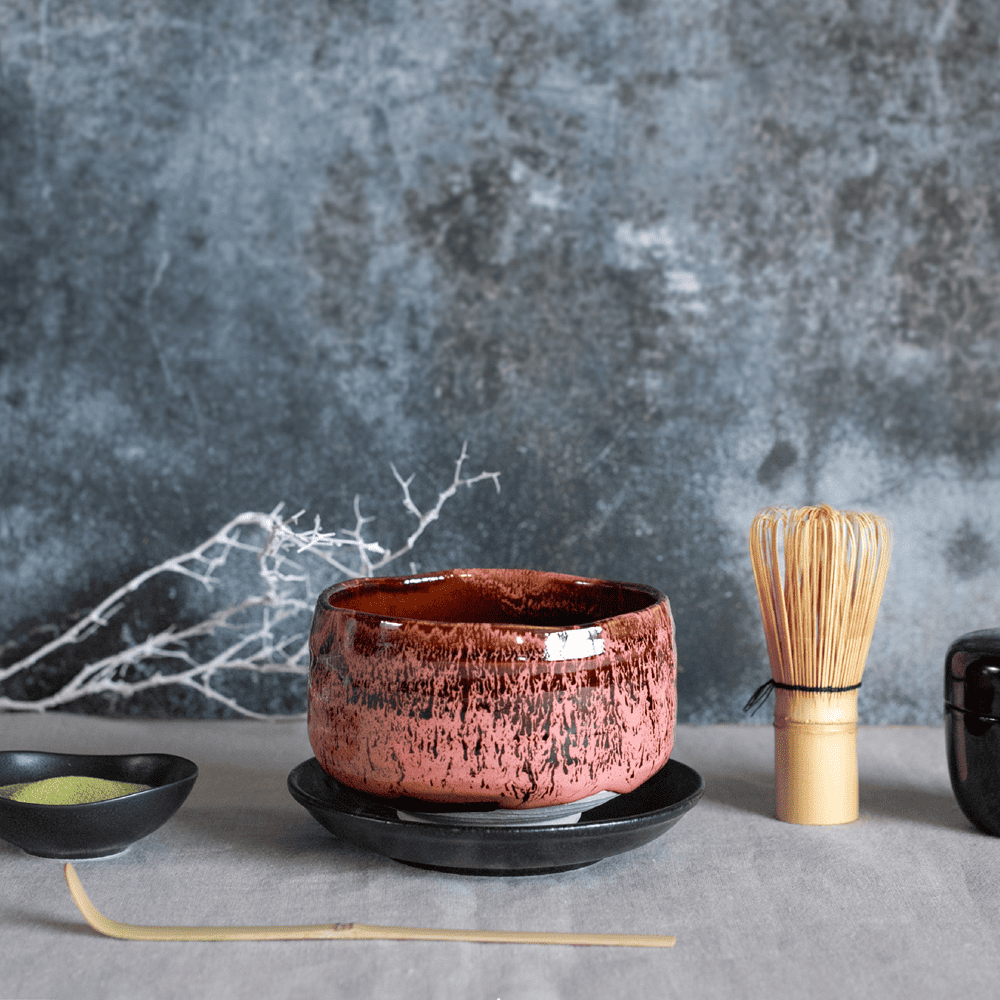
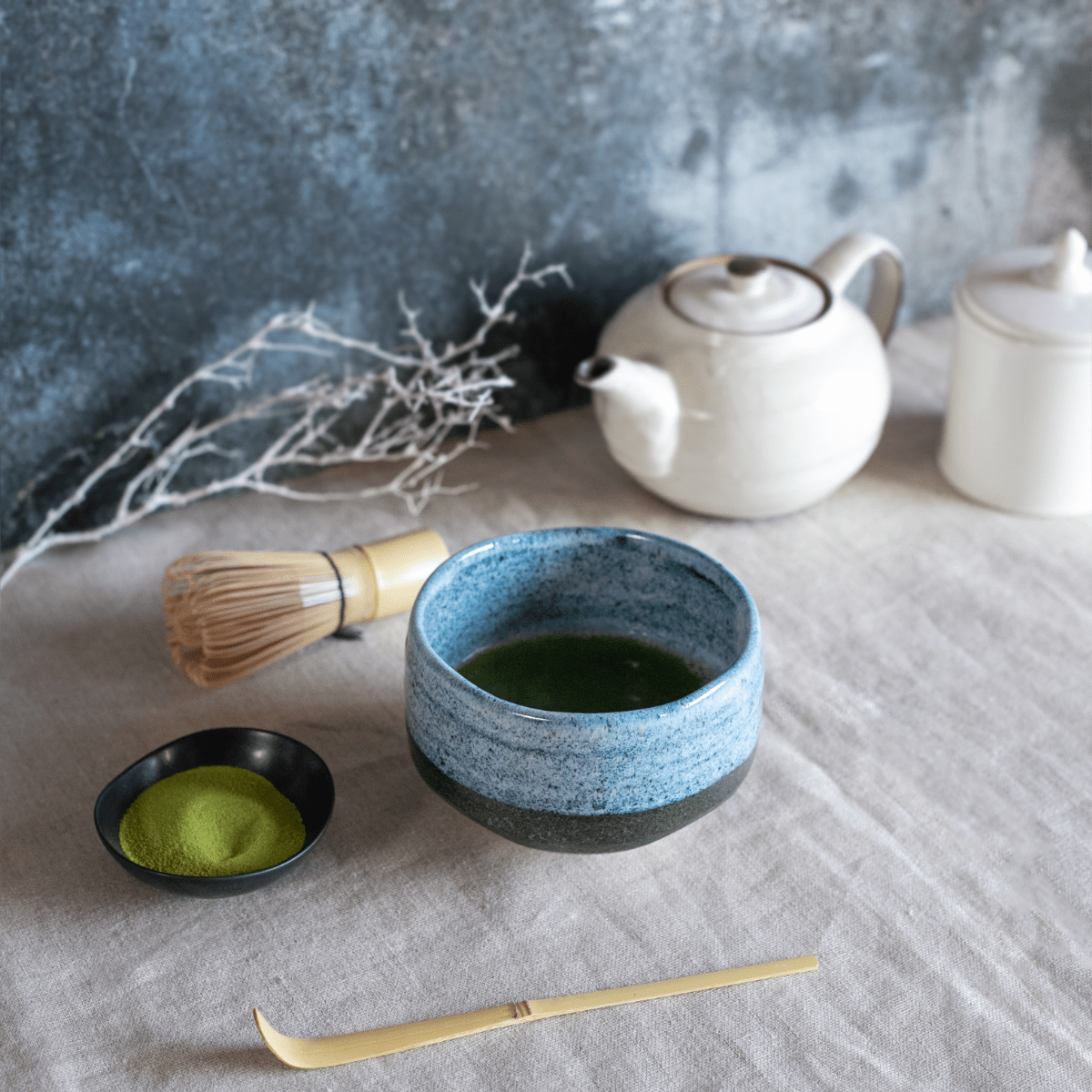
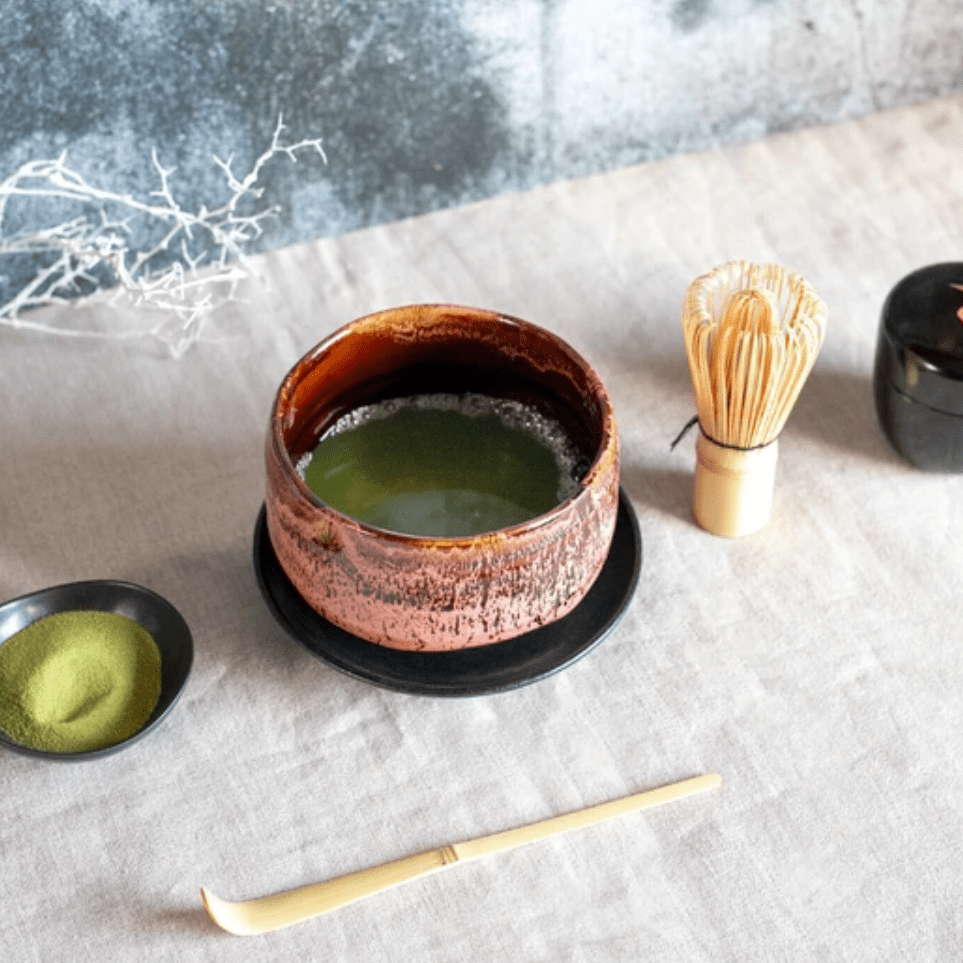
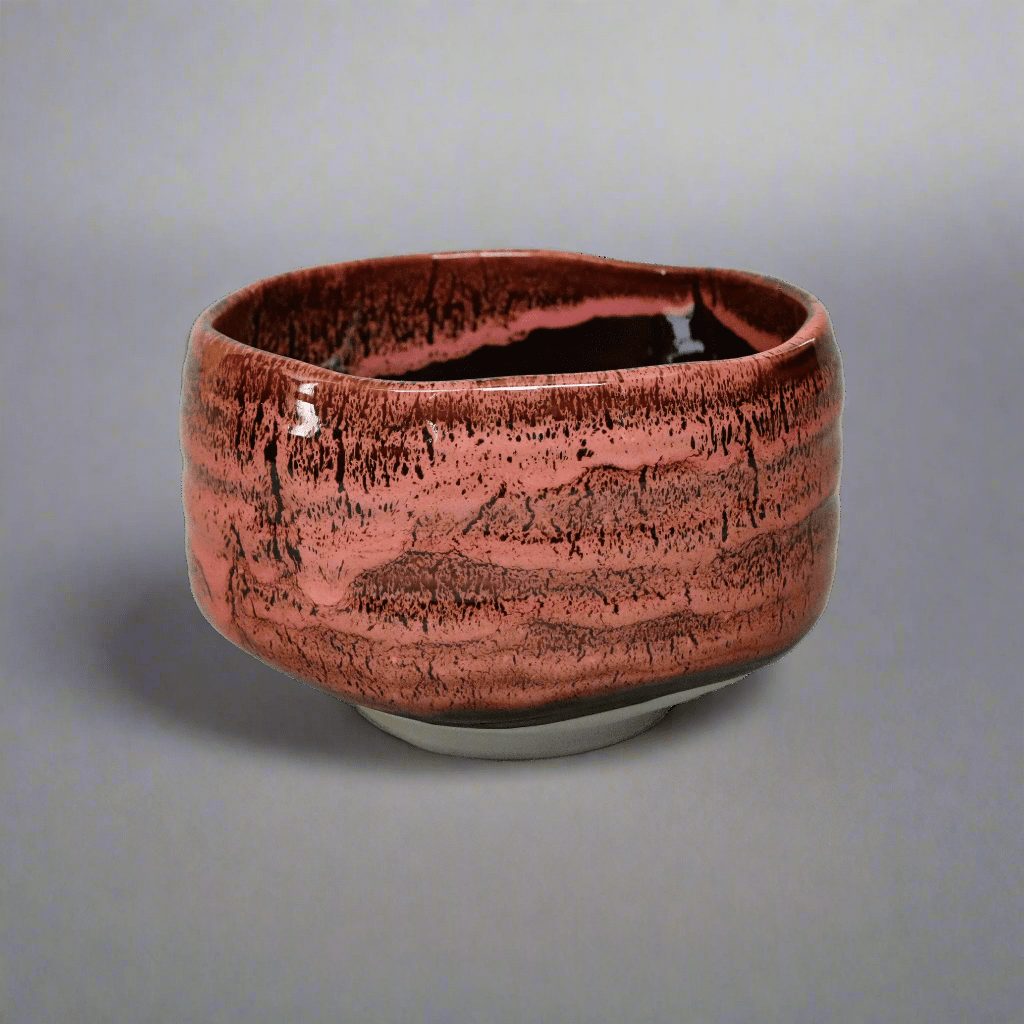
Share: